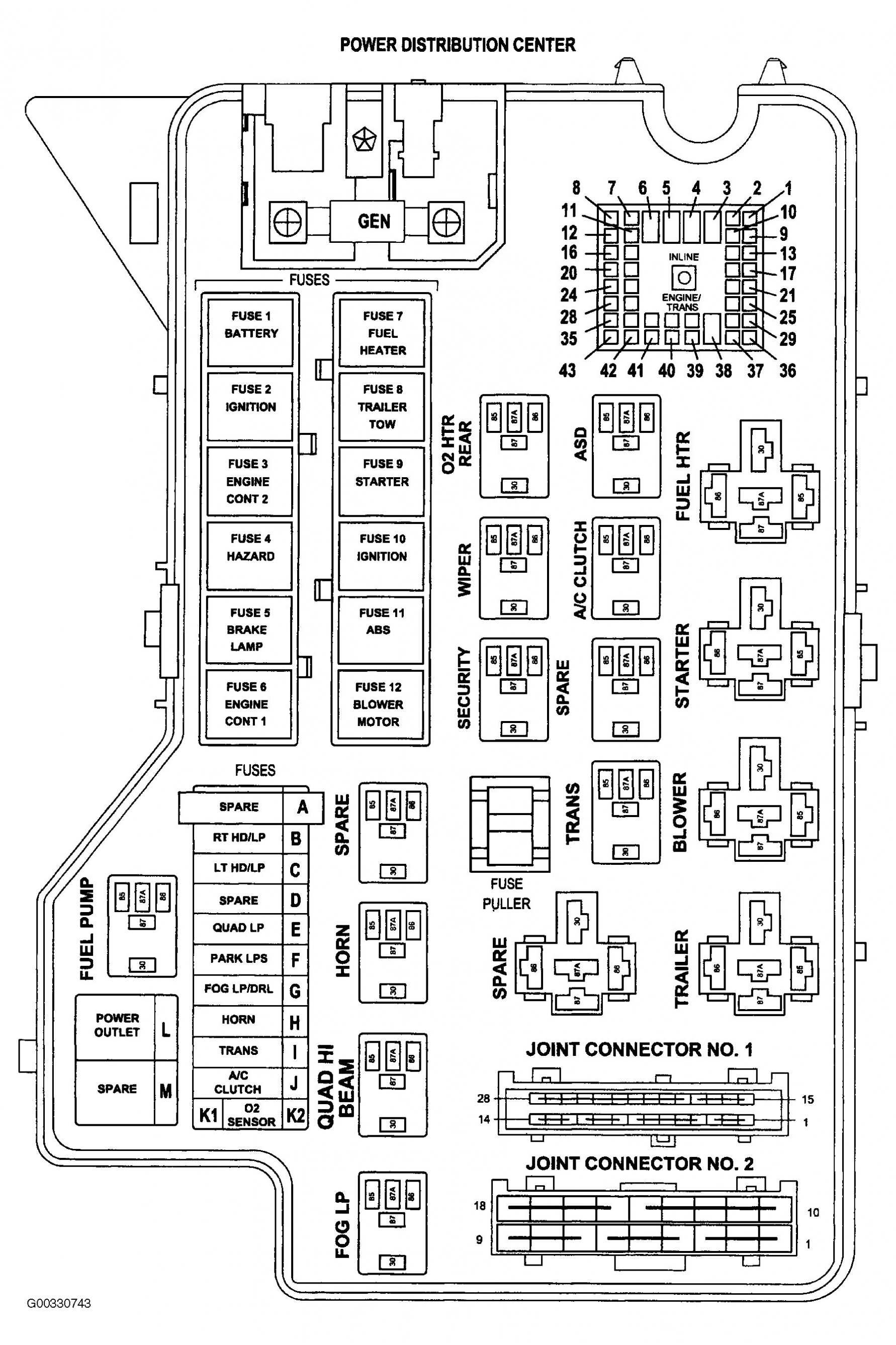Navigating the Electrical Heart of Your 2025 Dodge Ram: A Comprehensive Guide to the Fuse Box Diagram
Navigating the Electrical Heart of Your 2025 Dodge Ram: A Comprehensive Guide to the Fuse Box Diagram
Introduction
With enthusiasm, let’s navigate through the intriguing topic related to Navigating the Electrical Heart of Your 2025 Dodge Ram: A Comprehensive Guide to the Fuse Box Diagram. Let’s weave interesting information and offer fresh perspectives to the readers.
Table of Content

Navigating the Electrical Heart of Your 2025 Dodge Ram: A Comprehensive Guide to the Fuse Box Diagram
The 2025 Dodge Ram, a powerful and versatile truck, relies on a complex electrical system to function effectively. Understanding the fuse box diagram is crucial for any owner seeking to troubleshoot electrical issues, perform maintenance, or even customize their vehicle. This comprehensive guide delves into the intricacies of the 2025 Dodge Ram’s fuse box diagrams, providing a clear understanding of their purpose, components, and use.
Understanding the Importance of Fuse Boxes
Fuse boxes are essential components of any vehicle’s electrical system, acting as safety devices that protect circuits from damage caused by overloads or short circuits. They contain fuses, which are small, replaceable components designed to melt and break a circuit if excessive current flows through it. This prevents potential fires or damage to electrical components.
Decoding the 2025 Dodge Ram Fuse Box Diagrams
The 2025 Dodge Ram features multiple fuse boxes, each dedicated to specific circuits within the vehicle. The most common ones are:
- Under-hood Fuse Box: Located in the engine compartment, typically near the battery, this fuse box protects circuits related to engine operation, lighting, and accessories.
- Passenger Compartment Fuse Box: Situated in the passenger compartment, usually beneath the dashboard, this fuse box safeguards circuits for interior features, audio systems, and power outlets.
Each fuse box diagram is a detailed map that identifies the location and function of every fuse and relay. Understanding the diagram is key to identifying and replacing faulty fuses, ensuring proper circuit operation.
Key Elements of the 2025 Dodge Ram Fuse Box Diagrams
- Fuse Numbers: Each fuse is assigned a unique number for easy identification.
- Amperage Ratings: The diagram indicates the amperage rating of each fuse, indicating the maximum current it can handle.
- Circuit Descriptions: The diagram provides descriptions of the circuits each fuse protects, including components like headlights, power windows, and radio systems.
- Relay Locations: Some diagrams also depict the location of relays, which are electromechanical switches that control specific circuits.
Utilizing the Fuse Box Diagram Effectively
- Troubleshooting Electrical Issues: When an electrical component malfunctions, the fuse box diagram helps pinpoint the responsible fuse. Checking the fuse for blown elements, indicated by a broken wire or melted metal, can quickly identify the problem.
- Replacing Fuses: After identifying a blown fuse, it’s essential to replace it with a fuse of the same amperage rating. Using a fuse with a higher rating can lead to further damage, while a lower rating can result in the new fuse blowing immediately.
- Adding Accessories: The fuse box diagram aids in determining the appropriate fuse and circuit for adding new accessories, ensuring safe and efficient operation.
- Understanding Circuit Interconnections: The diagram reveals how different circuits are interconnected, helping to troubleshoot complex electrical issues involving multiple components.
Frequently Asked Questions About the 2025 Dodge Ram Fuse Box Diagram
Q: Where can I find the fuse box diagram for my 2025 Dodge Ram?
A: The fuse box diagram is typically located in the owner’s manual, often in the "Electrical System" or "Maintenance" sections. Additionally, online resources like the Dodge Ram owner’s forum, repair manuals, and automotive websites often provide detailed fuse box diagrams.
Q: How do I know if a fuse is blown?
A: A blown fuse will typically have a broken wire or melted metal inside the fuse. You can also use a multimeter to test the fuse’s continuity.
Q: Can I use a fuse with a higher amperage rating to replace a blown one?
A: No. Using a higher amperage fuse can lead to overheating and damage to electrical components. Always replace a blown fuse with one of the same amperage rating.
Q: What are relays and how do they work?
A: Relays are electromechanical switches that control specific circuits. They are activated by a small electrical current, allowing them to control larger currents in other circuits.
Tips for Using the 2025 Dodge Ram Fuse Box Diagram
- Keep a copy of the fuse box diagram readily available. This allows for quick reference during troubleshooting or maintenance.
- Use caution when working with electrical components. Always disconnect the battery before working on the fuse box or any electrical circuits.
- Familiarize yourself with the fuse box diagram before attempting any electrical work. This helps prevent accidental damage or injury.
- If you are unsure about any aspect of the electrical system, consult a qualified mechanic.
Conclusion
The fuse box diagram is an invaluable tool for any 2025 Dodge Ram owner. Understanding its intricacies empowers individuals to troubleshoot electrical issues, perform routine maintenance, and customize their vehicle safely and effectively. By utilizing this guide and referencing the appropriate diagrams, owners can confidently navigate the electrical heart of their Ram, ensuring optimal performance and safety.


Closure
Thus, we hope this article has provided valuable insights into Navigating the Electrical Heart of Your 2025 Dodge Ram: A Comprehensive Guide to the Fuse Box Diagram. We thank you for taking the time to read this article. See you in our next article!